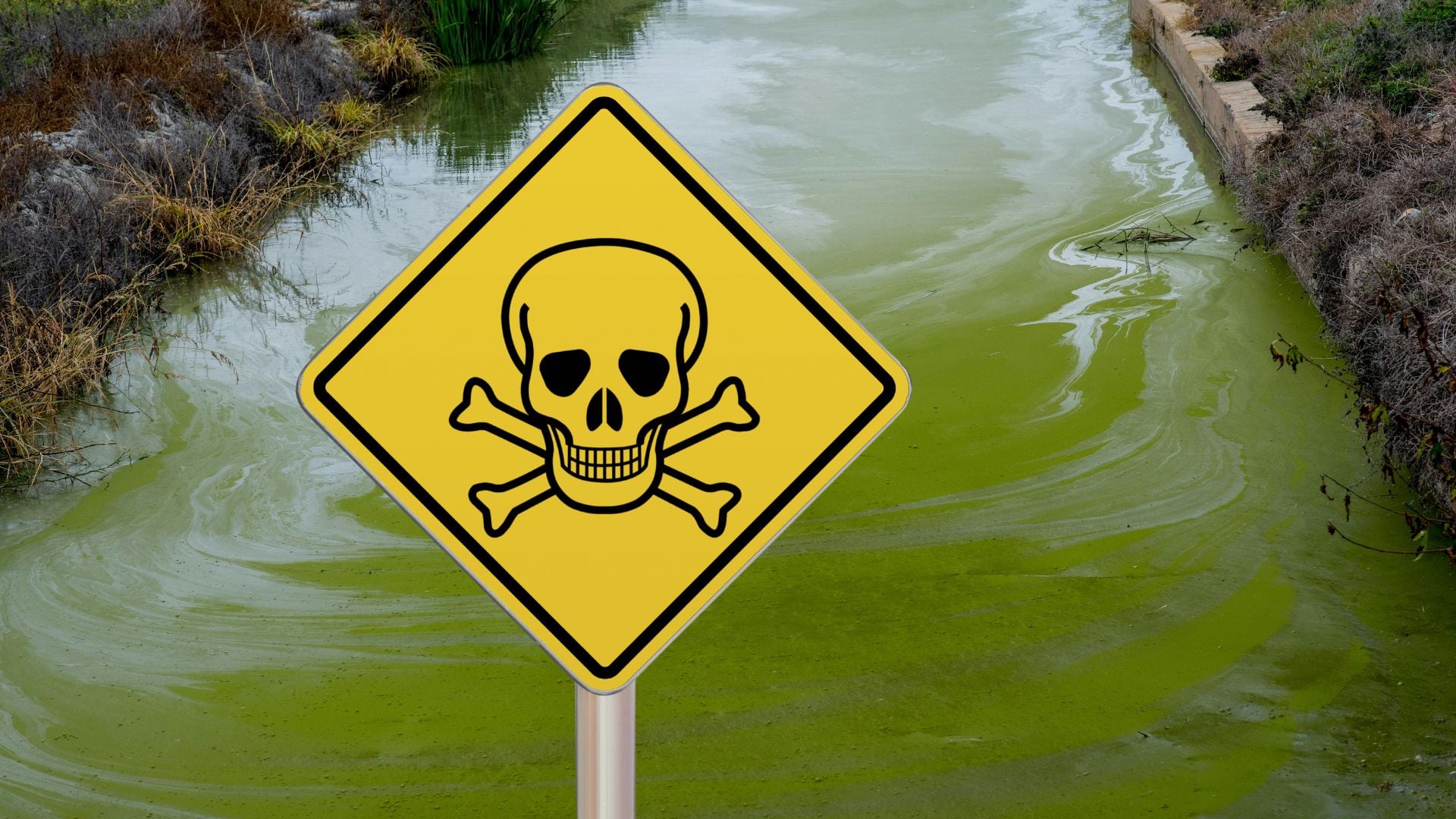Flu cases are on the rise across the United States, with health officials attributing the increase to lower vaccination rates and improved testing methods that detect more cases than in previous seasons. According to the Centers for Disease Control and Prevention (CDC), flu-related hospitalizations have surged in recent weeks, raising concerns about healthcare capacity as the season progresses.
Declining Flu Vaccination Rates
Despite widespread availability, flu vaccination rates have dropped compared to previous years. Experts say vaccine hesitancy, misinformation, and pandemic fatigue have contributed to fewer people getting their annual flu shot.
“We are seeing a decline in flu vaccine uptake, which is concerning because vaccination remains the most effective way to prevent severe illness and hospitalizations,” said Dr. Jennifer Collins, an epidemiologist with the CDC. “We strongly encourage everyone, especially high-risk groups, to get vaccinated as soon as possible.”
The CDC recommends that all individuals over six months of age receive a flu vaccine each year. However, recent data suggests that vaccination rates among adults and children are lagging behind previous years. CDC Flu Vaccine Information
More Accurate Testing Leads to Higher Reported Cases
Advancements in flu testing have also contributed to the rise in reported cases. Hospitals and clinics have adopted more sensitive diagnostic tools, such as rapid molecular tests, which can detect flu strains more accurately than traditional rapid antigen tests.
“With improved flu testing technology, we’re identifying cases that might have gone undetected in the past,” said Dr. Mark Henderson, a virologist at the National Institute of Allergy and Infectious Diseases (NIAID). “While this means higher case numbers on paper, it also allows for better patient care and treatment.”
Increased access to at-home flu tests has also helped identify more cases. Many people who previously would not have sought medical care for mild symptoms are now testing at home and reporting results to their healthcare providers.
Hospital Strain and Public Health Response
With flu cases climbing, hospitals are beginning to feel the strain, particularly in regions with lower vaccination rates. Emergency departments are seeing an influx of flu patients, along with continued cases of COVID-19 and respiratory syncytial virus (RSV), further stretching healthcare resources.
Public health agencies are ramping up awareness campaigns to encourage vaccination and preventive measures. The U.S. Department of Health and Human Services (HHS) has launched initiatives to provide free flu shots at community clinics and pharmacies.
Who Is Most at Risk?
The flu poses the greatest risk to young children, older adults, pregnant women, and individuals with underlying health conditions. These groups are more likely to develop severe complications, such as pneumonia and bronchitis, and worsen chronic diseases like asthma or heart disease.
“It’s important for vulnerable populations to get vaccinated and take extra precautions,” said Dr. Emily Rodriguez, a public health expert at the World Health Organization (WHO). “Simple measures like frequent handwashing, wearing masks in crowded places, and staying home when sick can significantly reduce transmission.
Preventing the Flu: What You Can Do
Health experts recommend the following steps to reduce the spread of influenza:
- Get Vaccinated: The flu shot remains the best defence against severe illness.
- Practice Good Hygiene: Regular handwashing and sanitizing high-touch surfaces can help prevent the spread of flu viruses.
- Wear a Mask in Crowded Spaces: Particularly in high-risk environments like hospitals and public transit.
- Stay Home When Sick: If you experience flu symptoms, stay home to avoid spreading the virus to others.
- Seek Medical Care When Necessary: Antiviral medications like Tamiflu and Relenza can help shorten the duration and severity of illness if taken early.
Looking Ahead: What Experts Predict
As flu season progresses, experts caution that case numbers may continue to rise in the coming weeks. While increased testing may lead to higher reported cases, public health officials emphasize that vaccination remains crucial in reducing severe outcomes.
“We’re still in the thick of flu season, and it’s not too late to get vaccinated,” said Dr. Collins. “If more people take preventive measures now, we can curb the spread and lessen the burden on our healthcare system.”
Disclaimer: Our team meticulously fact-checked this article to ensure accuracy and transparency. We strive to deliver trustworthy and dependable content to our readers.








